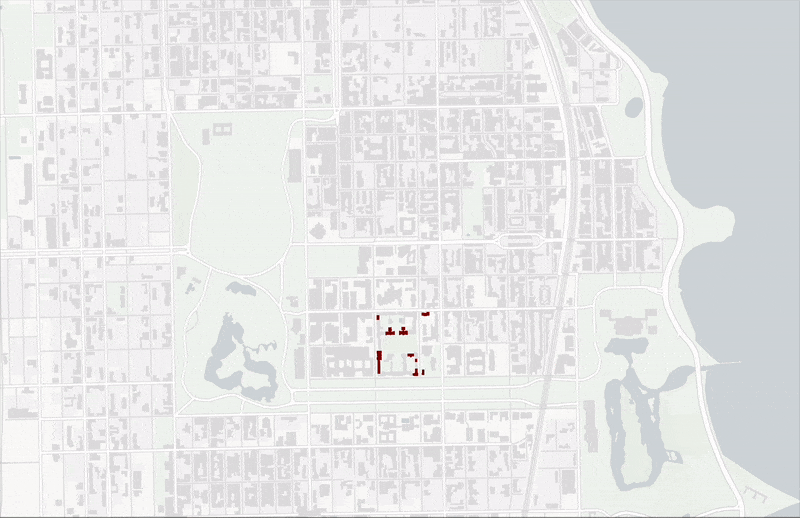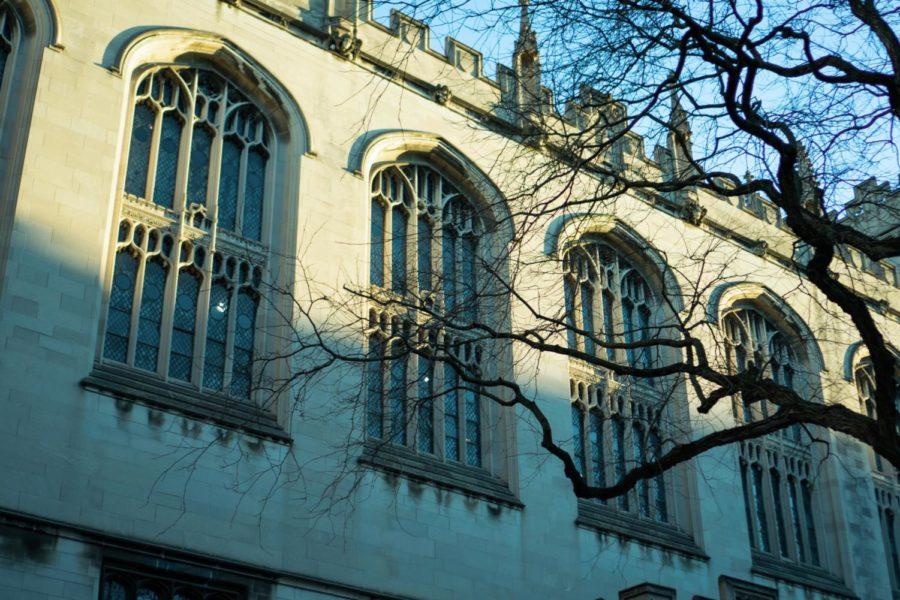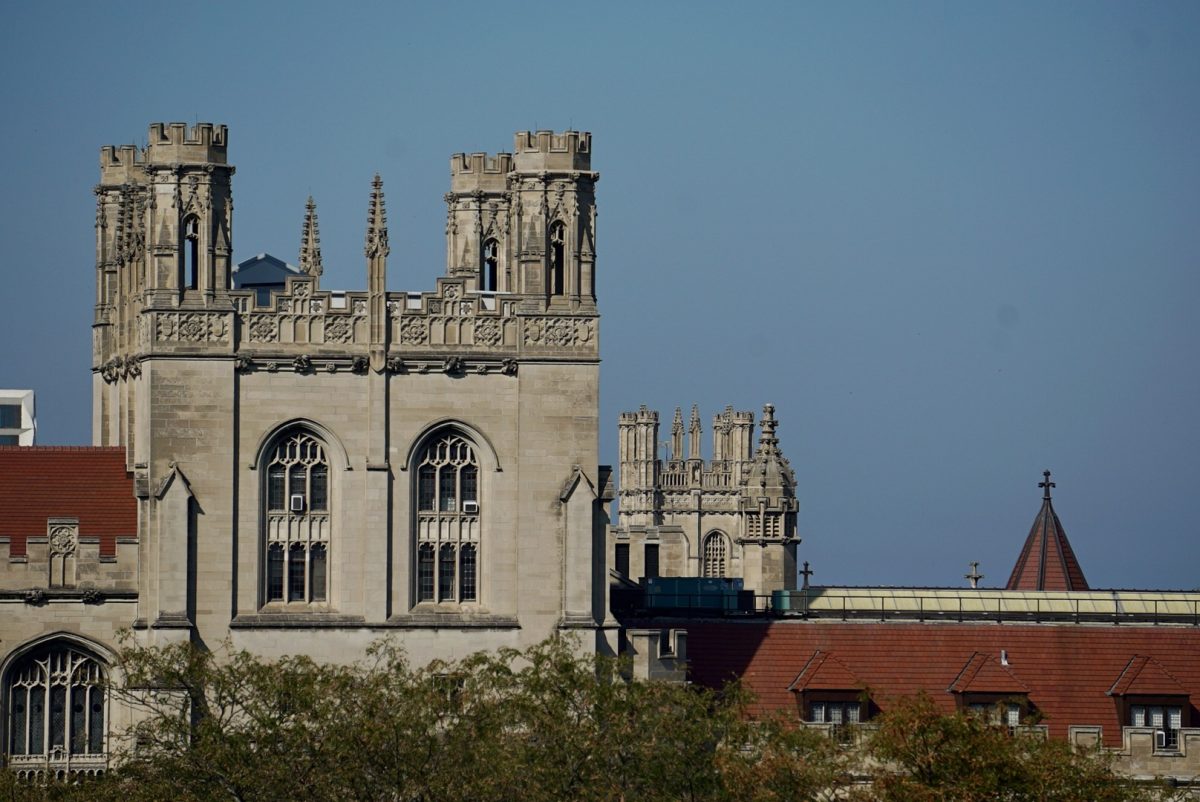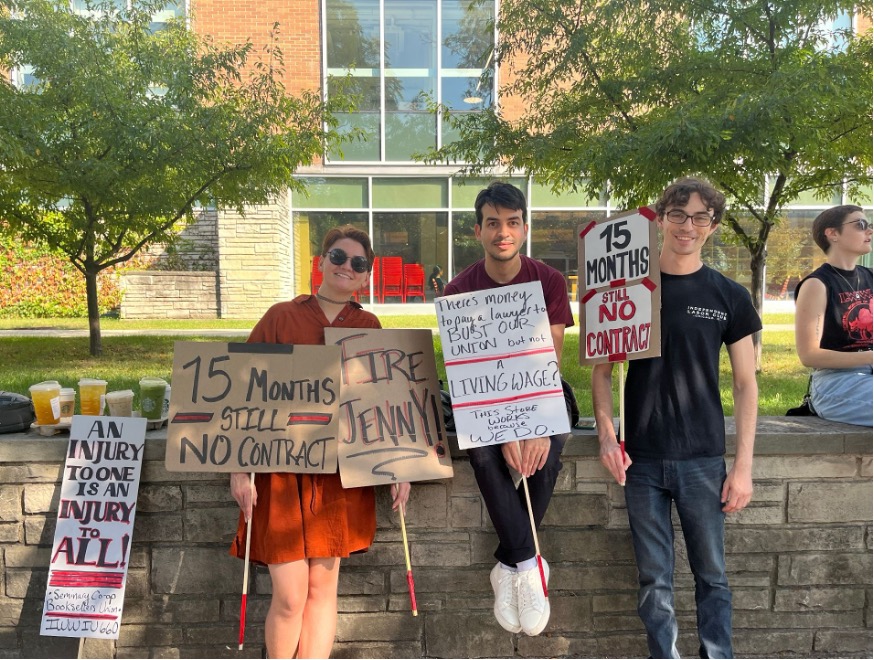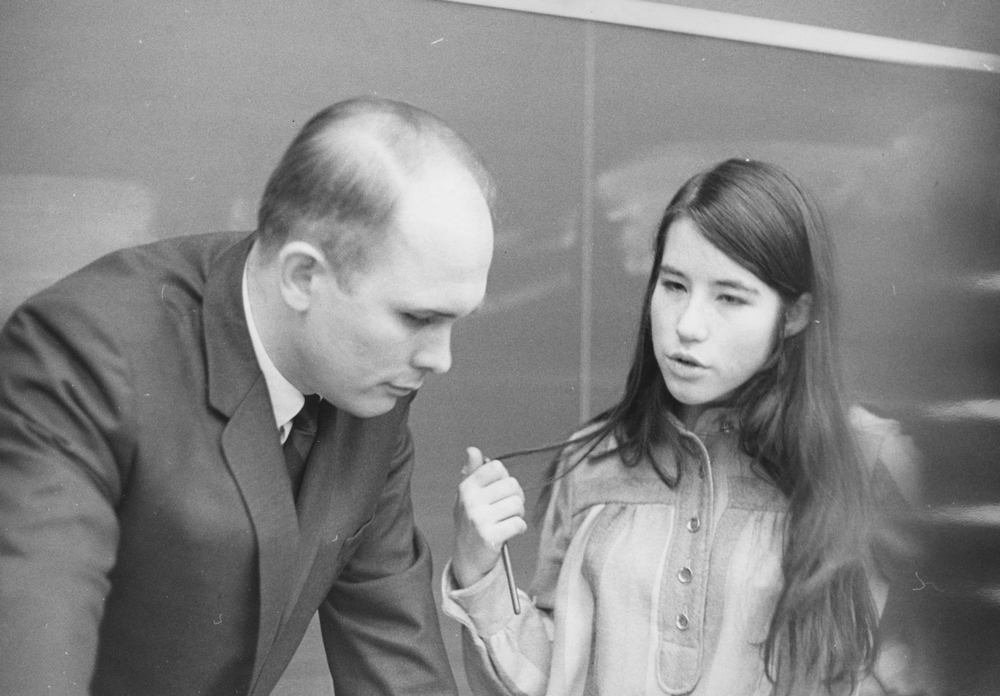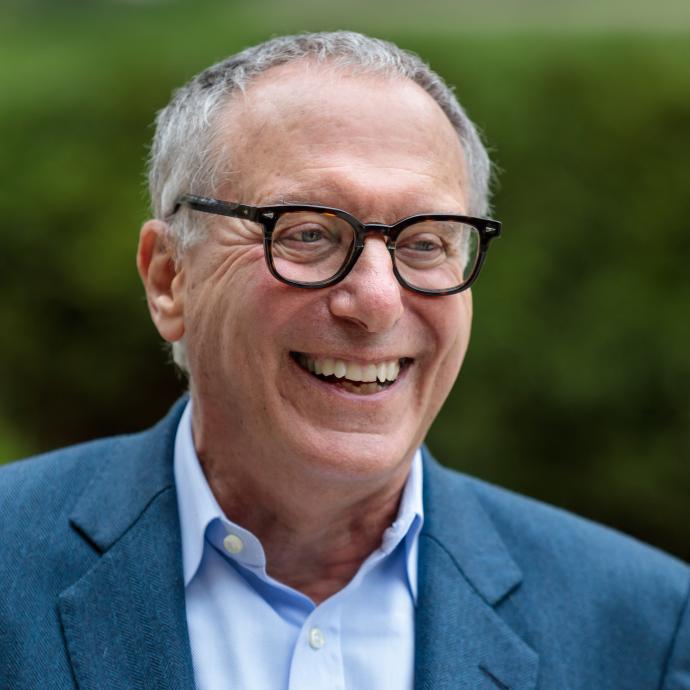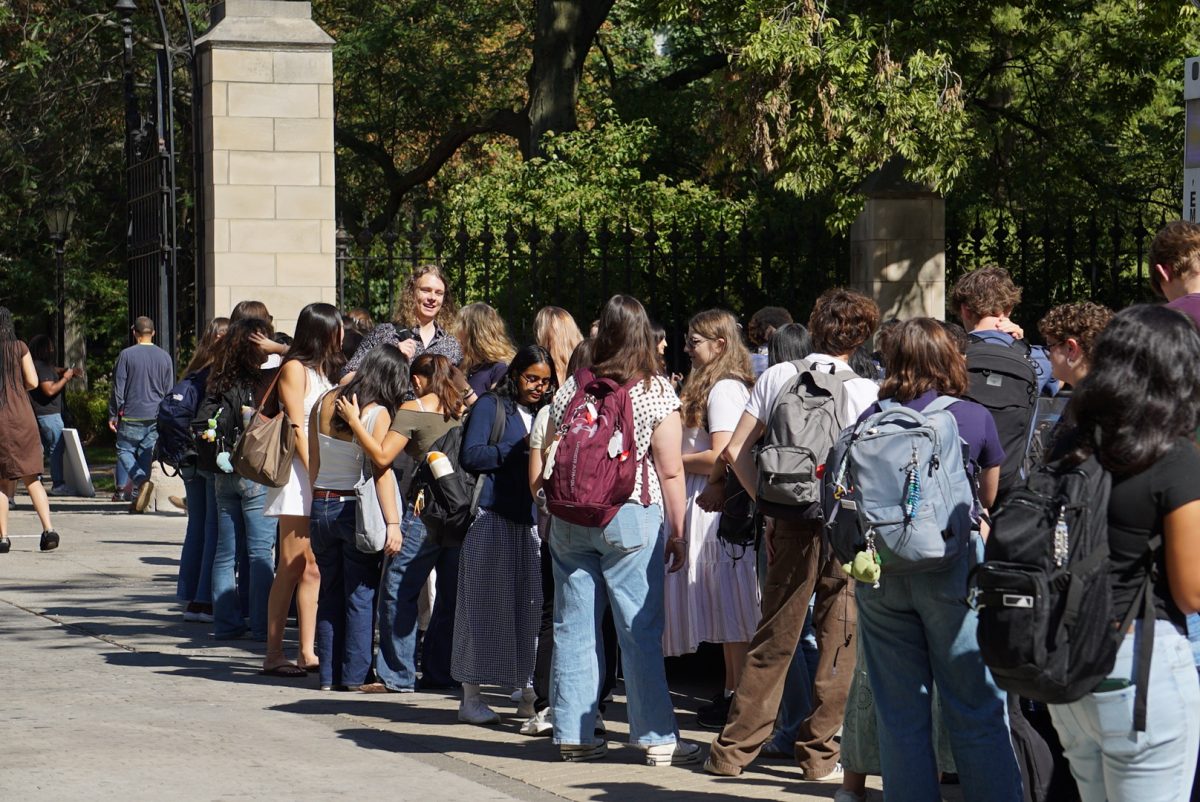Turnout for this spring’s Undergraduate Student Government (USG) elections was near the lowest on record, a Maroon analysis of data compiled by USG’s Elections & Rules Committee (E&R) showed.
Only 12 percent of undergraduates submitted ballots in the election at the end of last month, about the same share as in USG’s spring 2022 elections. No more than 20 percent of students have voted in student government spring elections since spring 2020, according to the E&R data, which goes back to 2006 but excludes spring elections between 2010 and 2013.
Undergraduate turnout regularly exceeded 20 percent in elections prior to 2021, having reached a peak of 73 percent in 2016.
USG holds elections every spring to elect the following academic year’s president, executive vice president, cabinet, and College Council (CC) representatives for each class. Incoming first-years elect their CC representatives in separate elections in the fall.
Incumbent USG President Elijah Jenkins was reelected on the Phoenix Party ticket alongside running mate Alex Fuentes in elections held the week of April 21, defeating the Happyness Party ticket.
“Neither [prospective executive slate] campaigned as aggressively as even just the slates last year,” interim E&R Chair Oliver Zajac told the Maroon in an interview. “That actually has a big impact.”
Zajac cited a widespread perception that USG is ineffective as driving low interest in elections. “Students don’t vote in USG elections because they don’t think it’s important,” he said. “They don’t see impact on their student experience from things that USG does. If they know who USG leadership are, they still don’t necessarily know what it is that they do.”
He pointed to the COVID-19 pandemic as one possible factor in students’ decreasing engagement with USG. “I know just from talking to people that USG used to have a lot more inherited structure and a lot more inherited rigor,” he said. “I wouldn’t be surprised if the pandemic broke a lot of that.”
This analysis uses data for elections since spring 2023 previously publicly available on E&R’s website, as well as additional historical turnout data provided to the Maroon by E&R. At an emergency CC meeting on May 7, Jenkins alleged that then E&R Chair Nevin Hall had revoked access to the public data after a CC vote the evening of May 5 called for his resignation. Hall was later impeached. The Maroon has been unable to access either the publicly available documents or the additional historical data since at least 12:30 p.m. on May 5, before the evening meeting.
In emails to the Maroon on May 5 and May 6, Hall suggested that he had not revoked access to the data, pointing to possible technology issues. Zajac said he did not know who had pulled the documents from the site but that E&R intended to restore access to them soon.
First-years were the most likely to vote in this year’s elections, while fourth-years were the least likely; only 94 members of the Class of 2025 voted, comprising just over a tenth of ballots cast.
Shares of undergraduates voting in individual cabinet races this year were even lower than the rate in the executive slate race. More than a third of students who submitted ballots abstained from voting in races for down-ballot positions, including the vice president of advocacy, vice president of campus life, and trustee and faculty governance liaison. A full two-thirds abstained from the vice president of student affairs race, for which no candidates were on the ballot and students had to cast write-in votes.
Less than 10 percent of all undergraduate students voted in cabinet races, and less than 5 percent voted in the write-in vice president of student affairs race.
E&R did not provide the Maroon with data on turnout for CC races, in which students vote for five candidates from their classes to represent them in USG. Only four candidates were on the ballot in the Class of 2027 race this year; the fifth representative was elected as a write-in candidate with only two votes. In fall 2023, the Maroon reported that the number of candidates running for first-year College Council positions had reached an eight-year low.
Zajac argued that low turnout is self-perpetuating. “People get elected every year on single-digit numbers of votes, and what that’s led to is [that] a lot of people in USG don’t put a lot of work into campaigning,” he said. “As a consequence, fewer people vote, and so it takes less work to be elected and there’s less of an incentive to make your accomplishments visible.”
Editor’s note, May 26, 2:27 p.m.: This article initially said its analysis drew on data that had been publicly available on the Elections & Rules Committee’s website. It was updated to clarify that E&R also provided the Maroon with historical data that was not previously publicly available.








